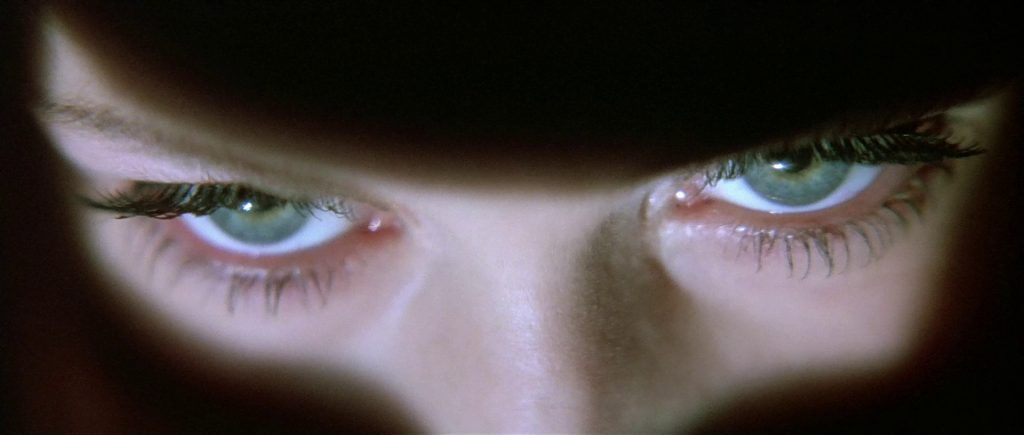
Thanks to 4K restoration technology, I’ve had the pleasure of reconnecting with many of my favorite films from the pre-digital era, while discovering countless classics I hadn’t yet seen. Watching these beautifully restored films on the big screen has become a regular and meaningful part of my life. The journey of 4K restoration tells a fascinating story, not just about technological advancements, but also about the dedication to preserving cinema’s history and keeping it alive for future generations.
In the early days of filmmaking, movies were captured on celluloid—a fragile and flammable material that would deteriorate over time. As films aged, they lost their visual sharpness and sound quality. Restoring these films was an incredibly meticulous and time-consuming process, with technicians cleaning each frame by hand to remove dirt, scratches, and other imperfections. Despite their efforts, the analog methods of the time were limited and often resulted in further loss of quality.
The rise of digital technology in the late 20th century was a game-changer for film restoration. Suddenly, films could be scanned and converted into digital files, allowing restorers to use precise software tools to repair imperfections much faster and more accurately than before. This digital approach not only streamlined the process but also opened the door to restoring films in a way that was more faithful to their original look and feel.
The development of 4K resolution, which offers four times the clarity of standard HD, has been one of the most important advances in film restoration. The process involves scanning the original film at an incredibly high resolution and using advanced digital tools to clean up and enhance the images. This higher resolution allows for a level of detail and clarity that was previously impossible, making it possible to restore films that were once thought to be beyond repair. It breathes new life into movies, bringing out subtleties and textures that might have been lost to time.
But beyond just the visual appeal, 4K restoration plays a crucial role in preserving films for future generations. Once a film is restored digitally, it can be stored without the worry of further degradation, unlike physical film stock which deteriorates over time. The digital format also makes it easier to distribute these restored classics across platforms, making them accessible to wider audiences.
Of course, the shift to digital restoration hasn’t been without its challenges. Scanning films in 4K creates enormous amounts of data, requiring huge storage capacity and powerful processing tools. There’s also the question of balance—some critics argue that overly “cleaning” a film can strip away its original charm, especially when film grain, which gives old movies their distinctive texture, is removed. This brings up a delicate debate about how much restoration is too much, and whether it’s possible to improve a film while still preserving its authenticity.
To navigate these challenges, restorers often work closely with film historians, directors, and cinematographers to ensure the restored version stays true to the original. It’s a balancing act between maintaining the integrity of the film and taking advantage of new technology to give these cinematic treasures a new life.
In the end, 4K restoration isn’t just about upgrading old films—it’s about preserving the soul of cinema and allowing us to experience these stories in ways that feel fresh and immediate, while still honoring their history.
Reference:
Aldredge, J. (2016, August 18). The science behind 4K restorations of classic films. The Beat: A Blog by PremiumBeat. link
Staff, S. (2023, August 6). Discovering the origins: When was 4K invented? – SmartHomeBit. SmartHomeBit. link


Very interesting article, you made me want to watch a 4K restored film! Also, the debate generated by the practice is similar to the one which sparked after the restoration of the Sistine Chapel during the 1990s, when the new colours were judged as too vivid compared to the original
I was thinking about that too, so it is ideal for the restorers to work closely with the director or producer to adhere to the original quality as much as possible.
Btw Lab111 will show all works of David Lynch in November, including a 4K restoration of Mulholland Drive. Looking forward to it!
I commented on here before (but then the website got rolled-back) but this was quite an intriguing post to read! The concept of digitalization and preservation is quite an interesting thing to follow. Not only are we able to look back through the past for those who have an interest in it, it also allows us to look at almost everything through a modern lens. While obviously a different vibe compared to the old 80s TVs they had at the time, they will allow us to look at the zeitgeist of those times regardless.
Yes, a good-quality restoration really takes us back to the classics and enriches our cinematic experiences in a contemporary way.